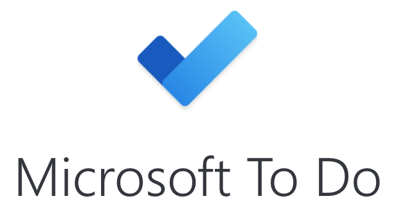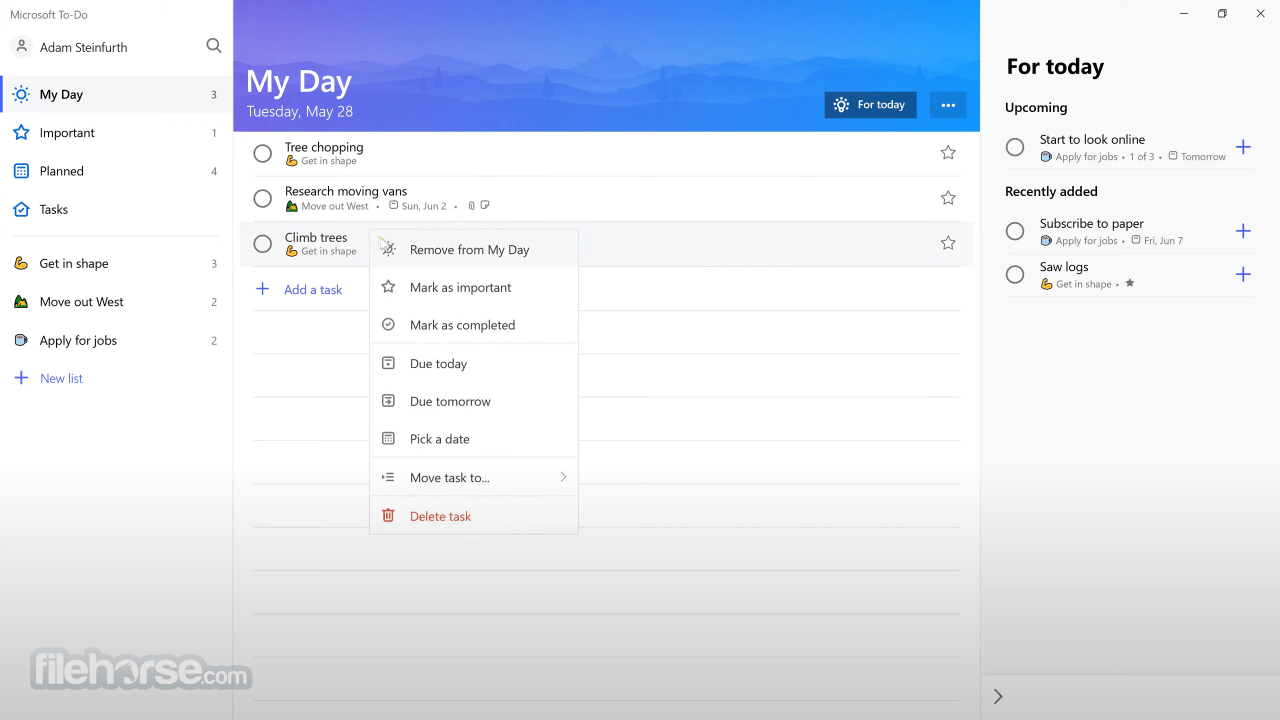

To access this material, you must agree to the terms of the license displayed here, which permits only non-commercial use and does not give you the right to license it to third parties by posting copies elsewhere on the web.ĭownload Microsoft DOS V1.1 and V2.0 Source Code v20object: 38 files, some binary and some documentation.v20source: 118 text files, mostly assembler code and some documentation.
 v11object: 27 files, some binary programs and some sample programs. v11source: 7 assembler code files, and an explanatory email from Tim Paterson. The zip file contains four subdirectories: With the permission of Microsoft Corporation, the Computer History Museum is pleased to make available the source and object code to Microsoft’s MS-DOS operating system versions 1.1 and 2.0, for non-commercial use. Microsoft retained the rights to the operating system and licensed it to other computer manufacturers, calling it MS-DOS. Microsoft then substantially rewrote the software to support subdirectories and hard disks version 2.0 was released with the IBM PC-XT in March of 1983. PC DOS version 1.0, which supported only floppy disks, was shipped when IBM first released their PC in August 1981. They too outsourced it, by first licensing then purchasing an operating system from Seattle Computer Products variously called QDOS (Quick and Dirty Operating System”) and 86-DOS. When Microsoft signed the contract with IBM in November 1980, they had no such operating system. But their favored OS was the newly-written PC DOS, commissioned by IBM from the five-year-old Seattle-based software company Microsoft. Although IBM had prodigious internal software development resources, for the new PC they supported only operating systems that they did not themselves write, like CP/M-86 from Digital Research in Pacific Grove CA, and the Pascal-based P-System from the University of California in San Diego.
v11object: 27 files, some binary programs and some sample programs. v11source: 7 assembler code files, and an explanatory email from Tim Paterson. The zip file contains four subdirectories: With the permission of Microsoft Corporation, the Computer History Museum is pleased to make available the source and object code to Microsoft’s MS-DOS operating system versions 1.1 and 2.0, for non-commercial use. Microsoft retained the rights to the operating system and licensed it to other computer manufacturers, calling it MS-DOS. Microsoft then substantially rewrote the software to support subdirectories and hard disks version 2.0 was released with the IBM PC-XT in March of 1983. PC DOS version 1.0, which supported only floppy disks, was shipped when IBM first released their PC in August 1981. They too outsourced it, by first licensing then purchasing an operating system from Seattle Computer Products variously called QDOS (Quick and Dirty Operating System”) and 86-DOS. When Microsoft signed the contract with IBM in November 1980, they had no such operating system. But their favored OS was the newly-written PC DOS, commissioned by IBM from the five-year-old Seattle-based software company Microsoft. Although IBM had prodigious internal software development resources, for the new PC they supported only operating systems that they did not themselves write, like CP/M-86 from Digital Research in Pacific Grove CA, and the Pascal-based P-System from the University of California in San Diego. 
This “outsourcing” attitude extended to the software as well. That included adopting the Intel 8088 microprocessor as the heart of the computer. Rather than using IBM proprietary components developed for their many other computers, the IBM PC used industry standard commercial parts.







 0 kommentar(er)
0 kommentar(er)
